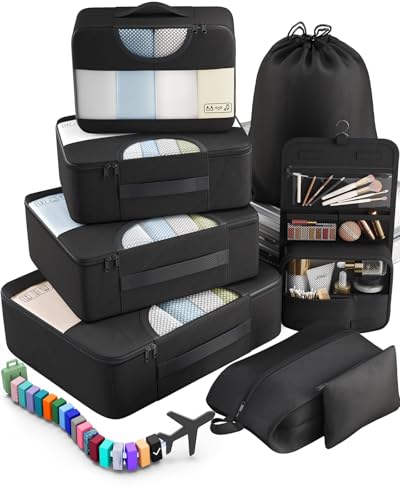In France, they use Type C and E power plugs and outlets. The voltage is 230V, and the frequency is 50Hz.
So, you’ll need a travel adapter in France. Their plugs and outlets are different from the Type A and B ones we use back in the States.
Quick Overview of the Plugs in France:
- Plug type in France: C and E
- Standard voltage: 230V
- Frequency: 50Hz
- Need a travel adapter? Yes, you do need a travel adapter
- Need a voltage converter? Most devices won’t need one — some might
- Recommended plug adapter: One Beat International Power Adapter
The information you’ll find here is sourced from official regulations, IEC standards, and practical traveler insights gathered from real trips.
The Only Travel Adapter You’ll Need in France
Want a hassle-free trip to France? A reliable travel adapter is a must. We don’t sell them, but we’ve researched the safest, best-reviewed option for you. Check it out:
Recommended Travel Plug Adapter
by 6,500+ travelers on Amazon
If you’re already abroad and forgot your power adapter, don’t stress. You can usually get by just fine. But having one with you from the beginning adds a little peace of mind—and makes settling in that much easier.
Travelers going through France often also visit Belgium, Spain, and Germany. Be sure to check plug types across borders.
Power Outlets in France
In France, they use Type C and E power plugs and outlets.
Type C

Type C outlets have two round prongs and no grounding pin. Type E and F plugs usually fit too, but grounded plugs will need an adapter.
Type E

Type E outlets have two round prongs and a grounding pin at the top. Type C and F plugs will also fit.
Do You Need a Voltage Converter?
You’ll probably need a voltage converter in France since your device’s voltage has to match the local power supply. In the U.S., we use 120V, but France operates on a different voltage, so a converter is required.
To avoid any electrical issues, always check the power label on your device before traveling. If it states “100-240V, 50/60 Hz”, your device is compatible with multiple voltage standards and won’t require a converter. Most laptops, tablets, cameras, and rechargeable devices support this.

Which Travel Devices May Need a Converter?
Don’t want to guess which converter works? Here are the best-reviewed ones worth checking out.
| Device | Need Converter? | Notes |
|---|---|---|
| Phone | ❌ No (usually) | Most modern phone chargers are dual voltage (100–240V) |
| Laptop | ❌ No (usually) | Check the power brick label for 100–240V |
| Hairdryer | ✅ Yes (often) | High wattage; many models are not dual voltage |
| Electric toothbrush | ⚠️ Check voltage | Some models are 110V only |
| Camera / DSLR | ❌ No (usually) | Most chargers are dual voltage |
| Power bank | ❌ No | Charges via USB, adapter is enough |
| Electric shaver / trimmer | ⚠️ Check voltage | Older or cheaper models may not support 230V |
| Tablet / iPad | ❌ No | All models are dual voltage |
| Portable fan | ✅ Yes (sometimes) | Many models are not compatible with 230V |
| Game console | ⚠️ Check voltage | Newer consoles like PS5 and Xbox are often dual voltage — check to be sure |
| Bluetooth speaker | ❌ No (usually) | Charges via USB |
| E-reader (Kindle, etc.) | ❌ No | USB charging only, no converter needed |
Top Travel Essentials to Pack
Packing isn’t just about clothes and chargers. These extras help you travel with less stress and more comfort.
Digital Luggage Scale
Packing Cubes
Power Bank
More About France
France is a grand mix—castle-filled Loire Valleys, lavender-filled Provence, Alps peaks, sun-drenched beaches, and vibrant city life everywhere.
It’s basically an outdoor museum: medieval towns, majestic architecture, efficient trains connecting everything from vineyards to ski slopes.
Travelers love it for the food, wine, culture, scenery, and history—and every region feels like its own secret country worth exploring.
Top places to visit in France: Paris, Nice, Lyon, Marseille, Bordeaux, Strasbourg, Cannes, and Toulouse.




